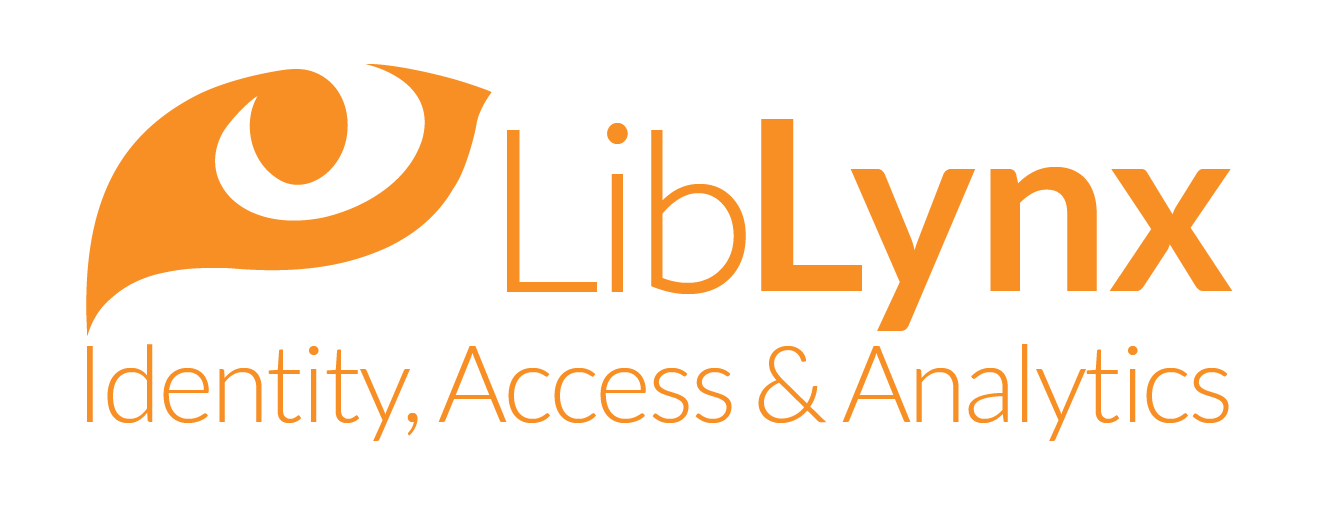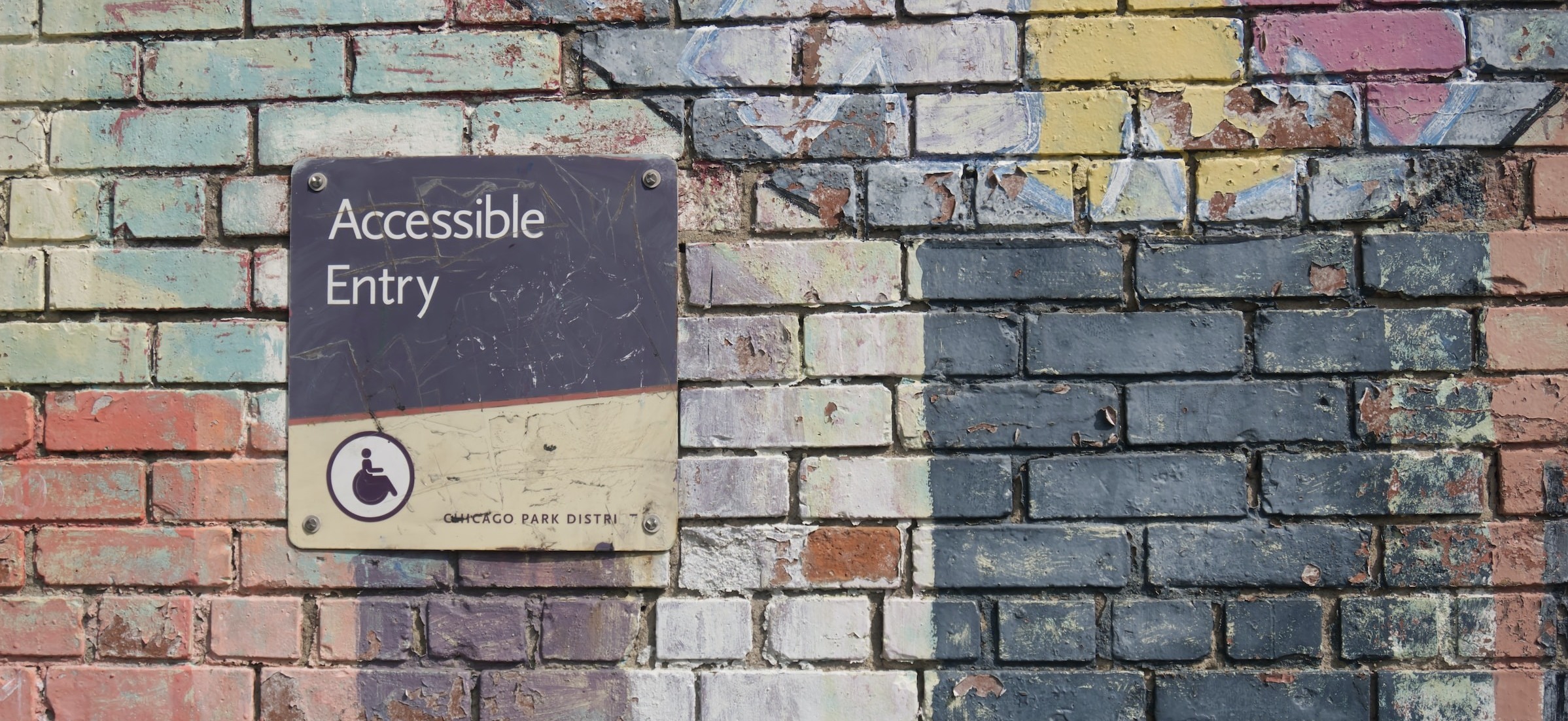For individuals with disabilities, navigating the internet can sometimes be a frustrating and limited experience — and access to content and services relies on controls that are not always accessible! Therefore, at LibLynx, we are adopting inclusive design methods that ensure the experience for users with disabilities is a routine consideration in the development of our product and services.
With 15% of the world’s population experiencing one or more disability, conformance with accessibility protocols is a social and economic imperative for content and service providers in the scholarly communications industry. Web accessibility standards (Web Content Accessibility Guidelines) are there to ensure services and tools provided by companies like LibLynx are fully functional for users with vision or motor limitations as well as learning or cognitive disabilities. And there are many knock-on benefits of accessibility conformance, such as improvements to search, navigation, and interoperability — as well as overall usage and audience engagement.
Ensuring all readers can access scholarly resources is part of the cost of doing business in today’s digital information economy, as it is for other sectors, where some of the largest companies (Allstate, CVS, Dow, Microsoft, etc.) are demonstrating that accessibility compliance is no longer an afterthought. As Bill Kasdorf, one of our industry’s leading accessibility advocates, writes, it is easier “to get accessibility right these days, thanks to advances in standards and technologies.”
We agree! At LibLynx, we believe that the responsibility is on us to ensure equal access to entitled resources as well as the tools that enable the information journeys involved in learning, research, and academic publishing. Therefore, we have undertaken a series of projects to retrofit existing websites and services, and build inclusive design methods into our development practices going forward. We are developing toward WCAG 2.1 AA and our processes now include both developer tests and those that simulate end-user experiences.
This initiative began by auditing one of our most-travelled pathways to authentication, the WAYF (where are you from) page. From there, we itemized development tasks and worked through a series of tests to validate our improvements. Previously, users who relied on screen readers could not access the directory of authorized institutions. We learned that ARIA tags are needed to enable interaction with these access controls. Now, these menus and buttons are fully accessible by users with vision limitations. We hope, in time, our publishing and library partners will realize increased usage of entitled resources, where screen-reader users are now able to gain entry to their platforms.
Our roadmap includes adapting our corporate website as well as library portals to ensure accessibility conformance. By prioritizing inclusive design principles, LibLynx aims to both enhance the user experience for individuals with disabilities but also contribute to innovation, market expansion, and a more equitable digital future.
The latest on these initiatives can always be found on our accessibility page, which includes a form to report any problems or suggestions for improvement.


